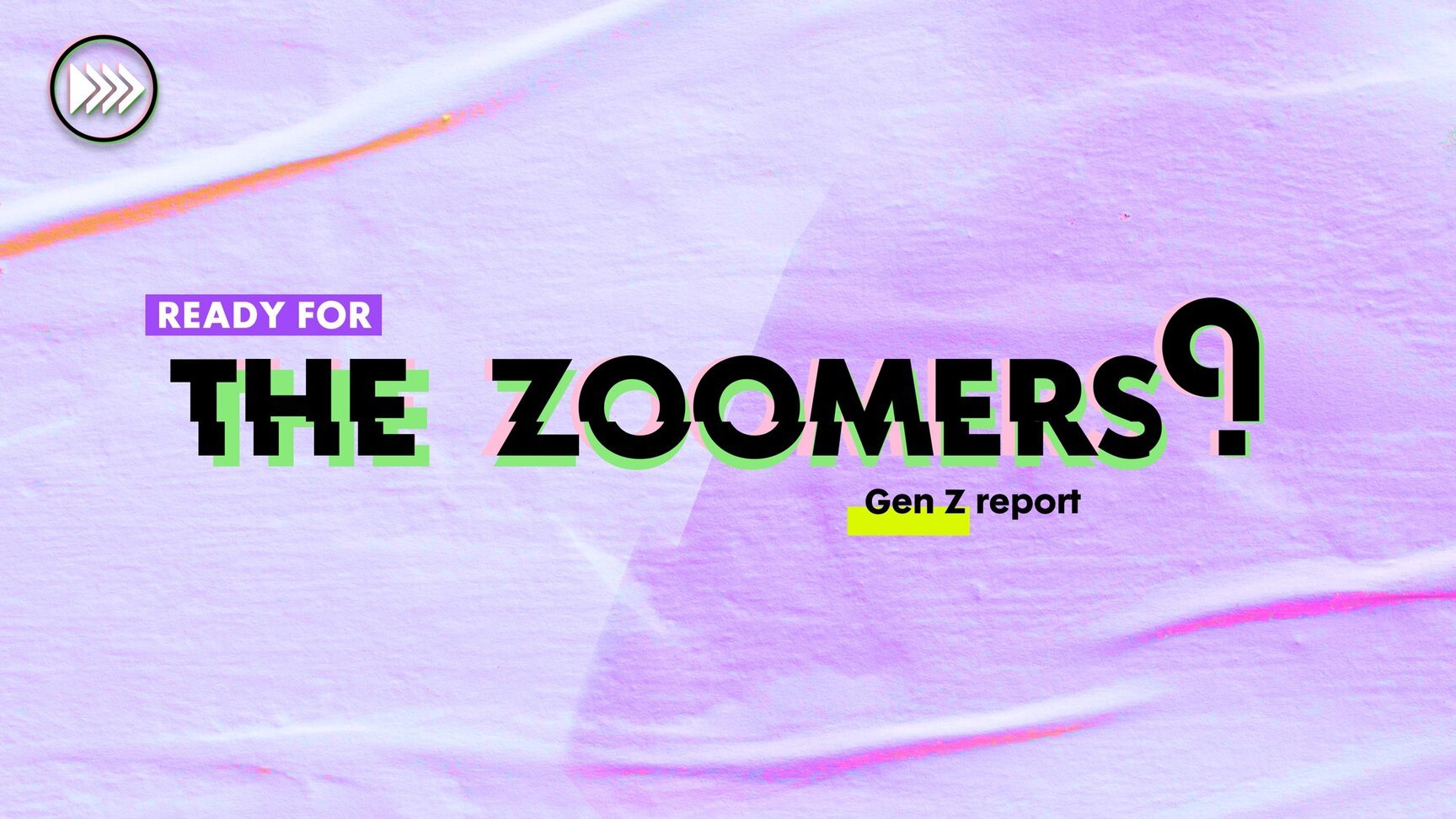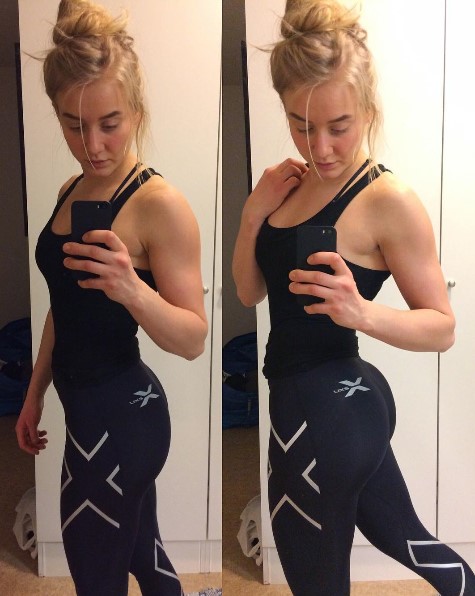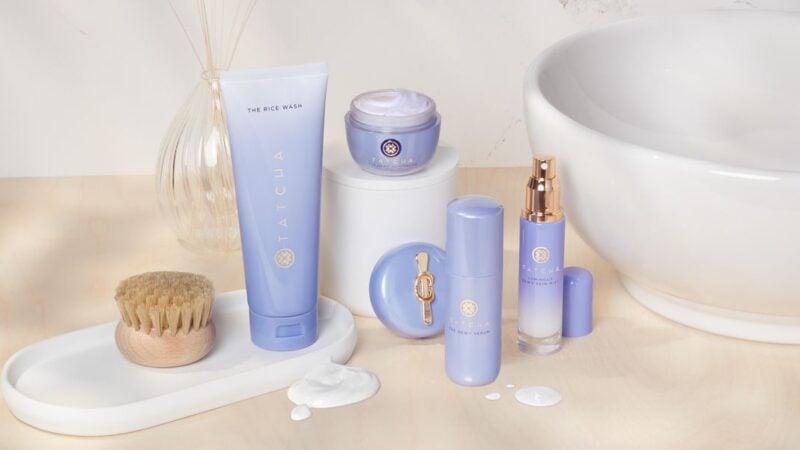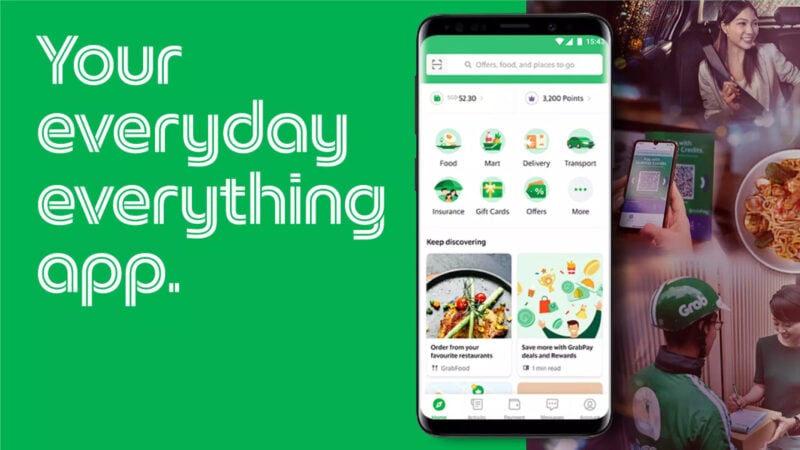Healthy living is no longer a trend or fad followed by a select group of people. It’s a mainstream way of life which consumers strive to achieve every day and apply to every decision they make. At the MRS Healthy Living Conference 2017, it was made clear the reason behind this is that consumers correlate healthy living with living a happy life.
And boy oh boy, has the marketing industry tried to capitalize on this over the last few years, with brands rushing to communicate they’re selling healthy alternative snacks/ cereals, or that they have created the next big health innovation or self-monitoring app. This, however, has led to consumers being overloaded with information and struggling to decipher what it all means.
This article aims to summarize the key takeaways from the Healthy Living Conference, starting with a raw understanding of what healthy living means to consumers, and how brands had best talk to them about healthy living in 2017.






